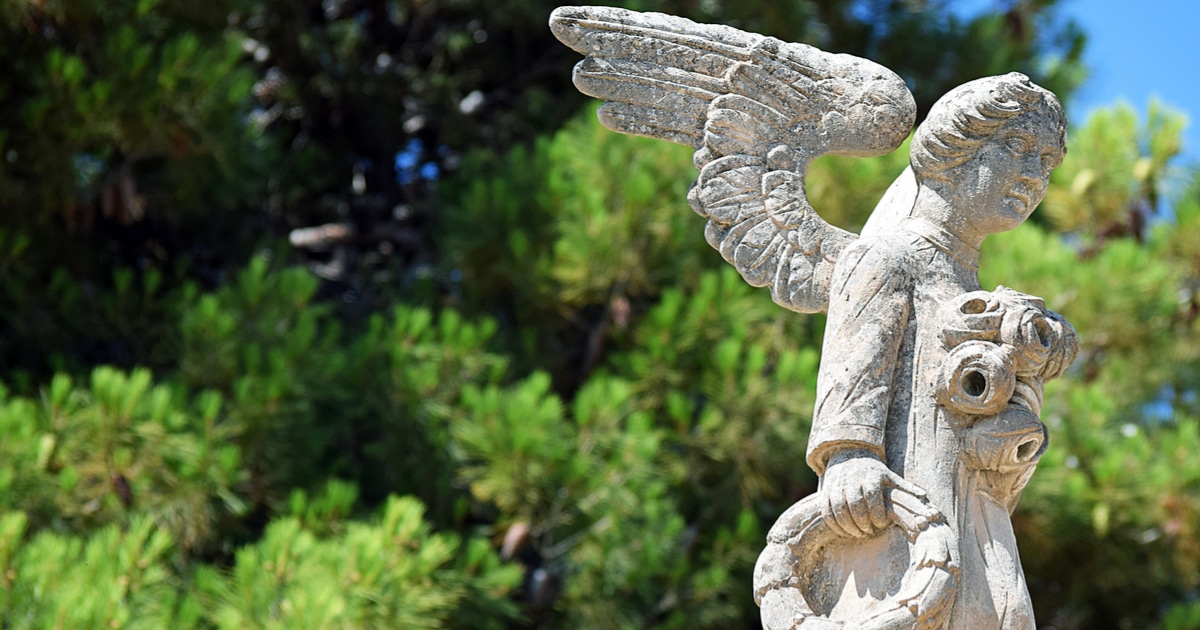The History of Funerary Art
Funerary art is a cultural practice that dates back to ancient civilizations. More than art, these are monuments to celebrate and memorialize the dead. Funerary art may serve as an article the dead can use in the afterlife, an item to celebrate their accomplishments, or in some cases, funerary art displays are part of kinship-centered practices.
What is Funerary Art?
In essence, funerary art is any work of art placed, forming part of, or added to decorate a burial site. Funerary art rest in monuments which may or may not hold remains. Each culture has different funerary art elements they use to memorialize their loved ones:
- Grave Goods: usually personal possessions to make the deceased’s journey into the afterlife easier or as an offering to the gods. Items include beautiful pottery, metal tools, and stones.
- Chariot: a type of carriage pulled by horses, mainly used as transport. Some influential figures were buried with their chariots, their money, and their horses.
- Psychopomps: Greek for “guide of souls,” these carved angels are there to escort the deceased to the afterlife.
Part of cultural traditions for generations, funerary art is commonly found in almost all cultures – the Hindu culture, which features very little, may be an exception. Funerary art are embellishment elements added to the resting place of the dead and are meant to be visible to visitors after funeral ceremonies.
Funeral art was mostly for the wealthy, although even burials of ordinary people included funerary art pieces usually coming from their possessions.
Funerary Art History
Funerary art has played a significant role in history. There are traces of funerary art elements dating back to pre-historic periods. Understanding how ancient civilizations incorporated these elements to memorialize their deceased can help us comprehend how we celebrate the life of our loved ones today.
From Ancient Egypt to Asia and Beyond
From the beginning, funerary art had a close connection to the religious belief of each civilization. However, it holds different meanings for each one. Ancient Egypt may be the civilization with the most elements, from their elaborate mummies, their statues, the decorated walls with paintings, and their ceramic coffin masks.
In Ancient Greece, it was common to decorate the walls of tomb chambers with fresco paintings, above ground pottery adorns, and the famous Psychopomps, or carved angels on the tombs. On the other hand, civilizations like the Romans had the custom of cremation instead of burials. Later on, ancient Romans chose to build life-size sculptures of the deceased. Finally, those who could afford it would make sarcophagi for the dead and decorate them on each side.
In China, funerary art was a symbol of power and fortune. For example, royal members of the Han dynasty were buried in a jade suit, made of jade pieces. Other Chinese funerary art examples include tomb figurines, like the ones found in the Terracotta Army, ceramic building models, and other symbols to represent their life on earth.
In Western cultures, funerary art was mostly grave goods, including funerary or death masks, figurines, pottery, and other personal objects. However, the thought of these grave goods to be tools for the deceased to use in their afterlife spreads across all civilizations and customs.
Famous Funerary Art across the Globe
Not all funerary art comes in the form of grave goods or vessels. In some cases, people built mausoleums, statues, or massive gravesites instead. All over the world, we contemplate these funerary art monuments as beautiful sites that have remained in history for hundreds of years:
- Egyptian pyramids
- Taj Mahal
- Terracotta Army
- Humayun’s Tomb
Modern Funerary Art Ideas
Funerary art today is a thoughtful way to personalize a loved ones’ resting place. Some families pay tribute by choosing a private mausoleum to memorialize their loved one. Other families choose to add personal tribute items to customize their resting place.
For Mausoleums: Those who choose mausoleums as their interment option can opt to add personal tribute items to their markers. These can be elements such as symbols, medals, and figurines. Additionally, family members may choose to place things in the casket, including personal items, family heirlooms, and memorabilia. In addition, choosing a private mausoleum, for example, allows the family to customize their funerary art elements fully.
For Crypts & Niches: For cremated remains, cremation niches offer a more personalized option when it comes to funerary art. For example, those who place their cremation urns in a glass niche columbarium can add photos, figurines, personal belongings, and so on, fully personalizing their loved ones’ resting place.
Funerary art can be a thoughtful medium to memorialize a loved one. At The Gardens of Boca Raton, we understand the importance of these symbols and elements for your family. If you are pre-planning your funeral arrangements or are planning for a loved one, ask our caring experts about funerary art ideas to memorialize their legacy and leave a meaningful statement for others to appreciate.



